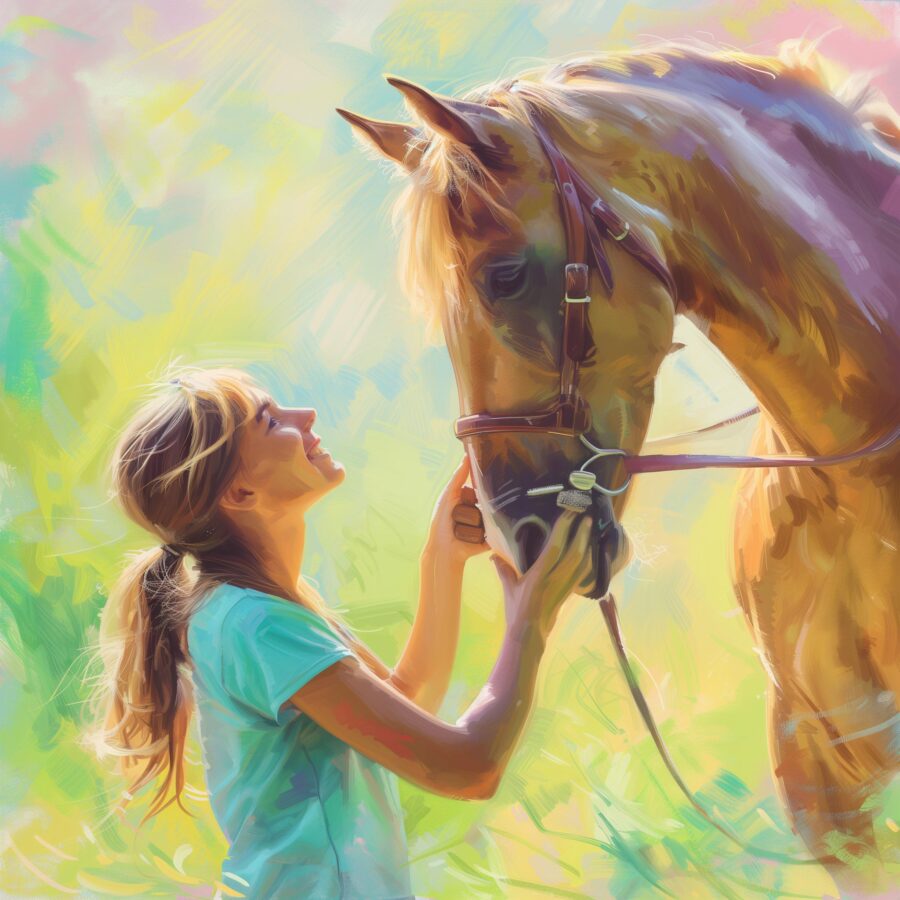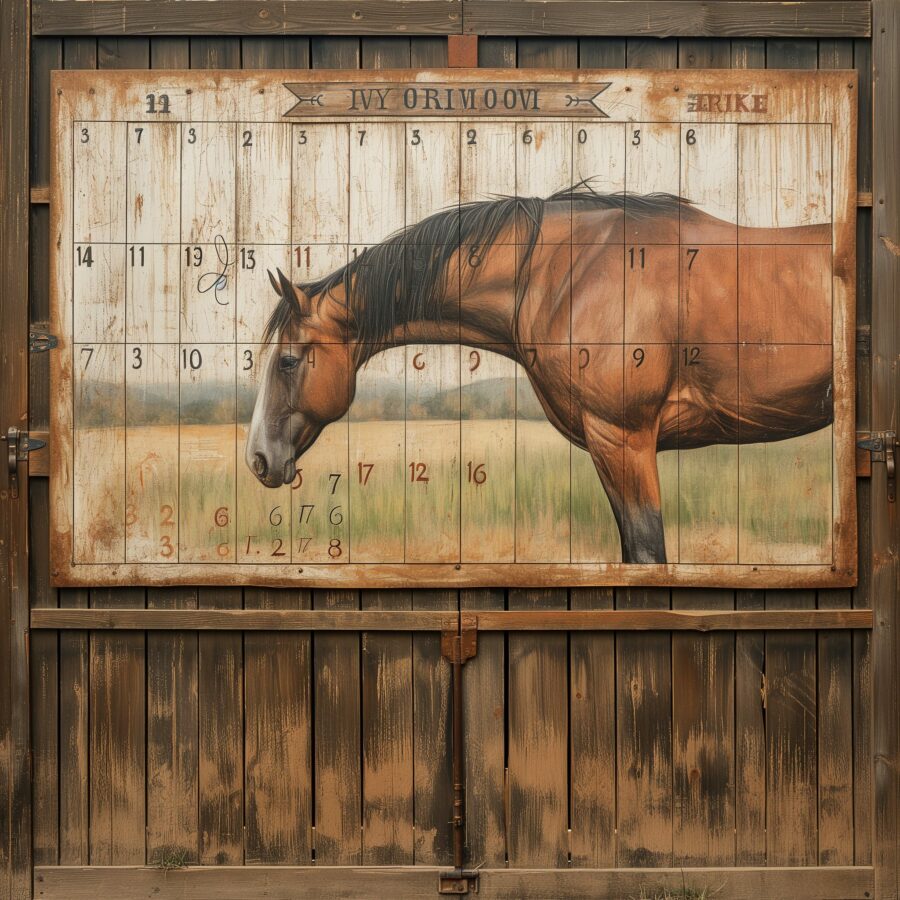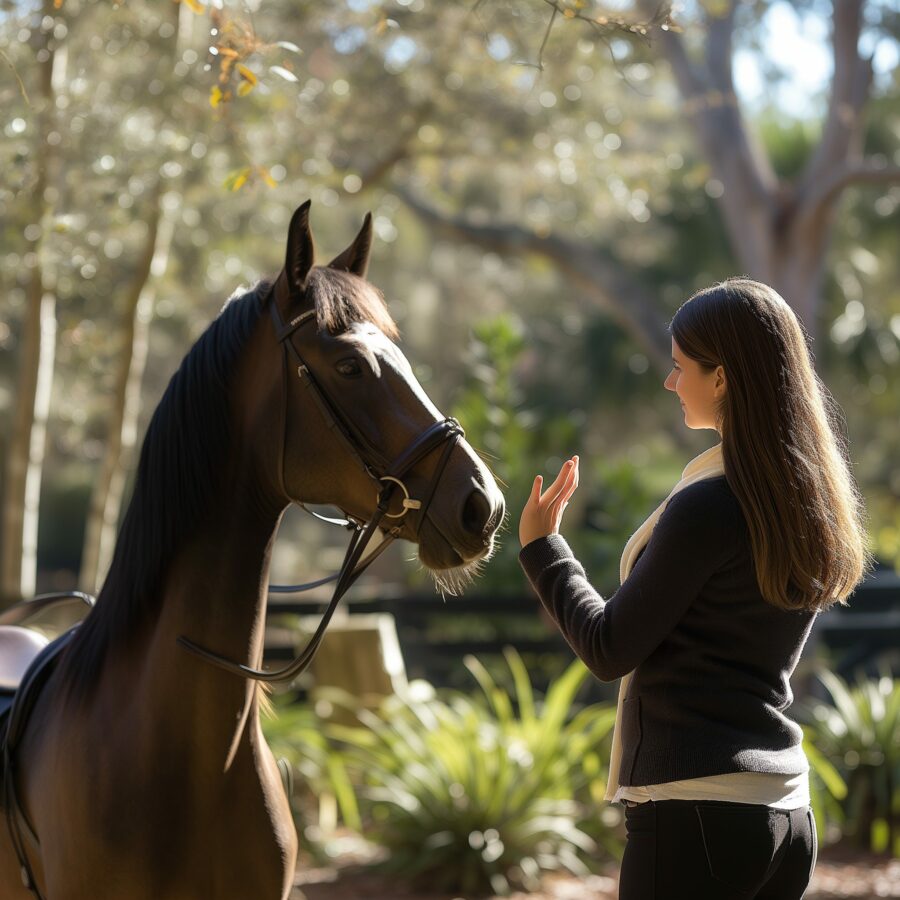Jumping into the world of horse training can be quite an adventure. If you’re starting out with a limited background in horses, you’ll need some key insights to help you on your journey. We’ve compiled a comprehensive guide of 10 essential horse training tips for beginners that will help you establish a powerful foundation.
Tip 1: Embrace the Horse’s Mentality

One fundamental aspect during your initial training phase should be learning to think like a horse. Horses are inherently herd animals. They initially respond with caution when approached by other creatures, humans included. They scrutinize body language, our tone, and demeanor before deciding to trust or fear us. Remember, your role is akin to the leader of their herd. Establish this dynamic early, and you’re off to a solid start with your horse training experience.
Tip 2: Establish and Maintain Personal Boundaries

Defining the “Bubble”
To help build trust during the early stages of training, establish a personal space or “bubble.” This invisible line sets the boundaries between you and your horse, symbolizing respect. During the early stages of training, situations can arise where a horse, out of fear or dominance, could invade your personal bubble. With the help of a carrot stick and consistent reinforcement of these boundaries, you can gradually establish this respect.
Tip 3: Create a Consistent, Engaging Training Routine

While it can be tempting to conduct lengthy training sessions, especially if progress seems evident, tireless hours can potentially do more harm than good. Overwhelmed horses can become distressed or disinterested, diminishing the results of the training process. Aim to maintain a consistent yet engaging routine, introducing new activities incrementally, ensuring these sessions are as beneficial for the horse as they are for you.
Introducing New Activities

- Limit Session Duration: Limit your sessions to around 30 minutes for each young horse, while increasing this as the horse matures. However, always be mindful of signs of fatigue and prevent over-exertion.
- Avoid Techniques Inducing Pain: It’s vital to avoid training methods that cause more than mild inconvenience. High levels of discomfort or outright pain could lead your horse to associate certain activities with these sensations, potentially causing long-term aversion.
- Stall Comfort Points: Equally, avoid making the horse too comfortable immediately after a training session. This could lead the horse to prefer his stall over training sessions.
Empathetic and engaging training methods magnify the possibilities of successfully training a horse. One of the most satisfying aspects of successfully training horses is the unique interaction and bond you develop. By understanding their behavior, learning their body language and responses, you will undoubtedly be on your way to mastering horse training.